History of Middle-Earth, Part 4 – The Making of The Lord of the Rings
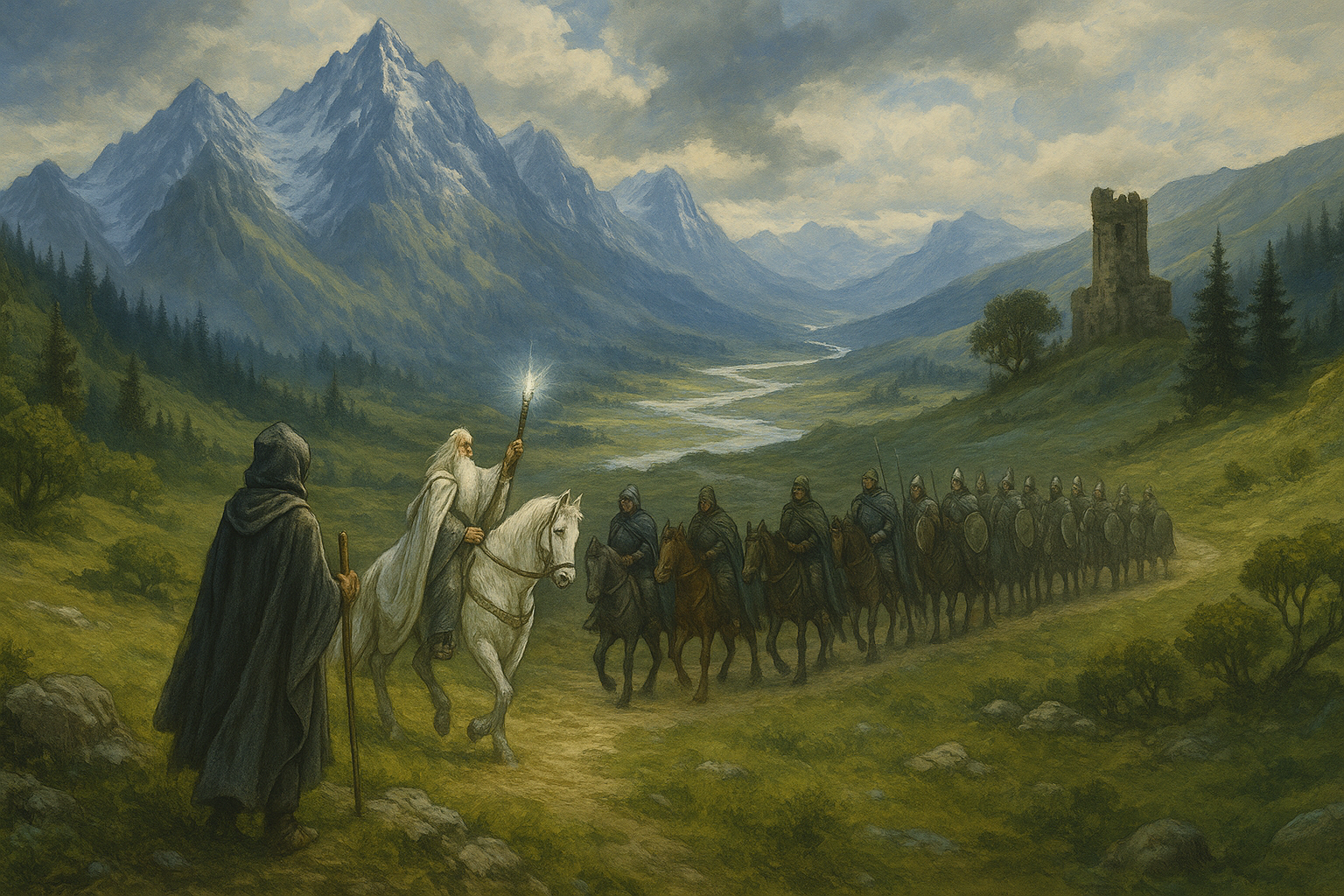
From Hobbit Sequel to Epic Saga
When The Hobbit was published in 1937, its success surprised both Tolkien and his publishers. Naturally, the request came for a sequel—something with more hobbits, more adventures, and more of the whimsical charm that had delighted readers. What Tolkien produced, however, was something altogether different.
The story he began in 1937 slowly grew, draft by draft, into one of the most influential works of the twentieth century. Instead of another fairy tale, Tolkien created an epic, deeply tied to the mythological foundations of his legendarium. The transformation of this story is documented in four volumes of The History of Middle-Earth: The Return of the Shadow, The Treason of Isengard, The War of the Ring, and Sauron Defeated.
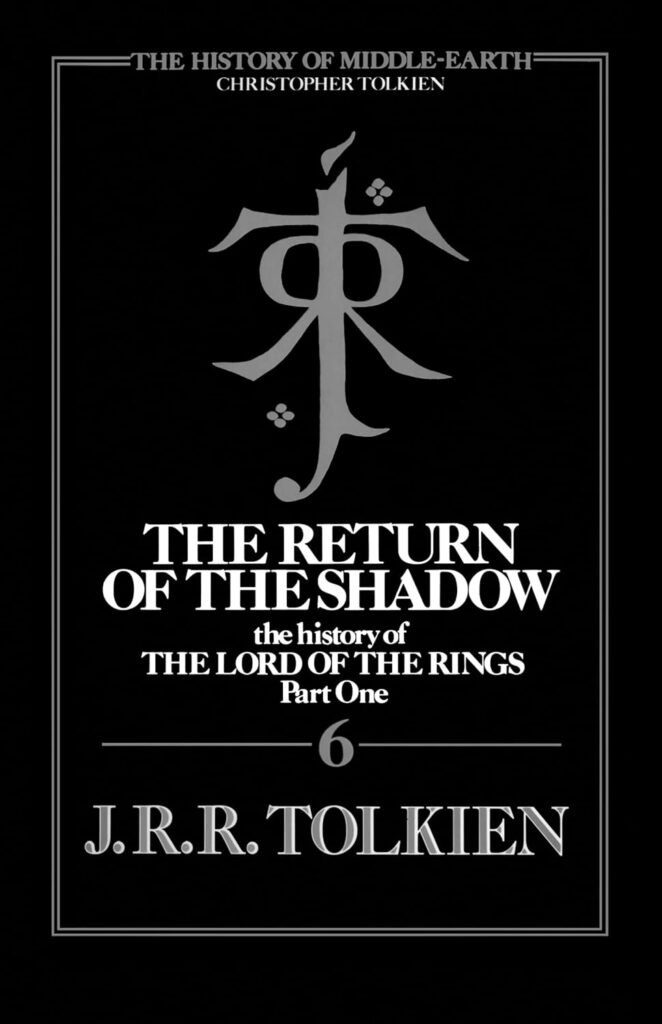
Volume 6: The Return of the Shadow (1988)
This volume covers the earliest drafts of what would become The Fellowship of the Ring. At first, the story feels strikingly different. Frodo is not Frodo, but “Bingo.” Strider appears under another name. Even the Ring itself begins as a trinket of lesser importance before growing into the central object of the saga.
The drafts take us from Hobbiton through the Old Forest, into Bree, and up to the Mines of Moria. Along the way, we see Tolkien experimenting—trying different names, altering plotlines, and reshaping the tone from children’s adventure to something darker and more profound.
Perhaps most fascinating is watching the Ring evolve. At first, it is just a magical device; gradually, it becomes the One Ring, tied to Sauron’s very essence. This shift turns the narrative from a simple quest into a battle for the fate of the world.
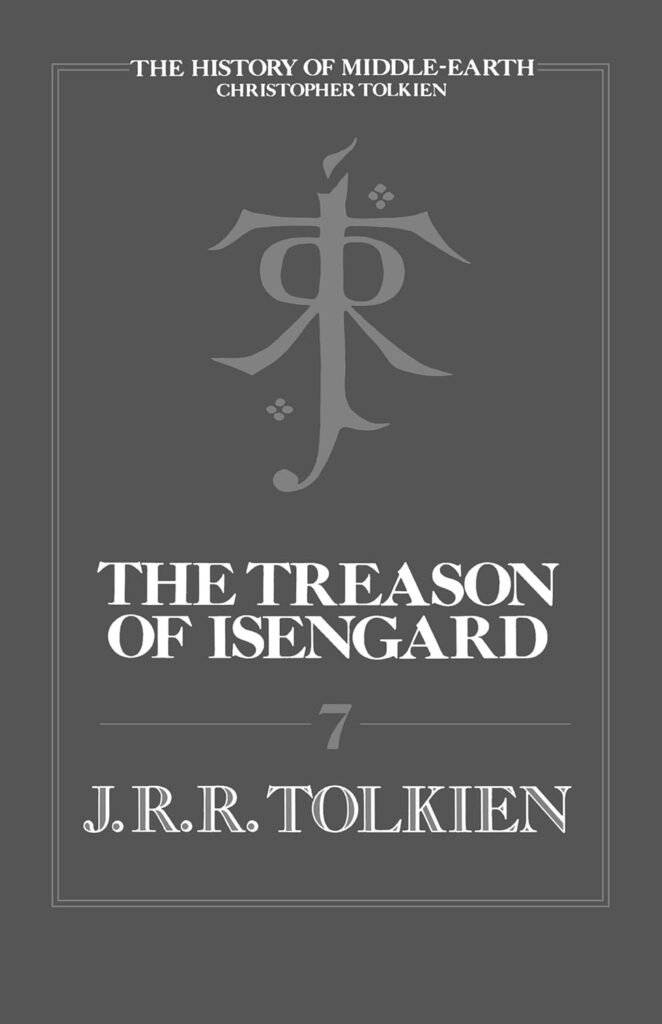
Volume 7: The Treason of Isengard (1989)
If The Return of the Shadow lays the foundation, The Treason of Isengard builds the middle pillars. This volume traces the drafts from the Fellowship’s journey through Moria and into the lands beyond, all the way to Rohan.
Here, the world expands. Tolkien introduces Saruman as a new villain, Lothlórien as a place of mystery and beauty, and Rohan as a kingdom of horse-lords. We watch the Ents lumber into existence, slowly taking shape as guardians of the forest. Names and details shift constantly—Galadriel, for instance, changes dramatically in Tolkien’s conception before settling into her familiar form.
This is also where we see Tolkien wrestling with the story’s tone. The lighthearted Hobbit sequel is gone. In its place stands a darker, weightier narrative about war, corruption, and the resilience of friendship.
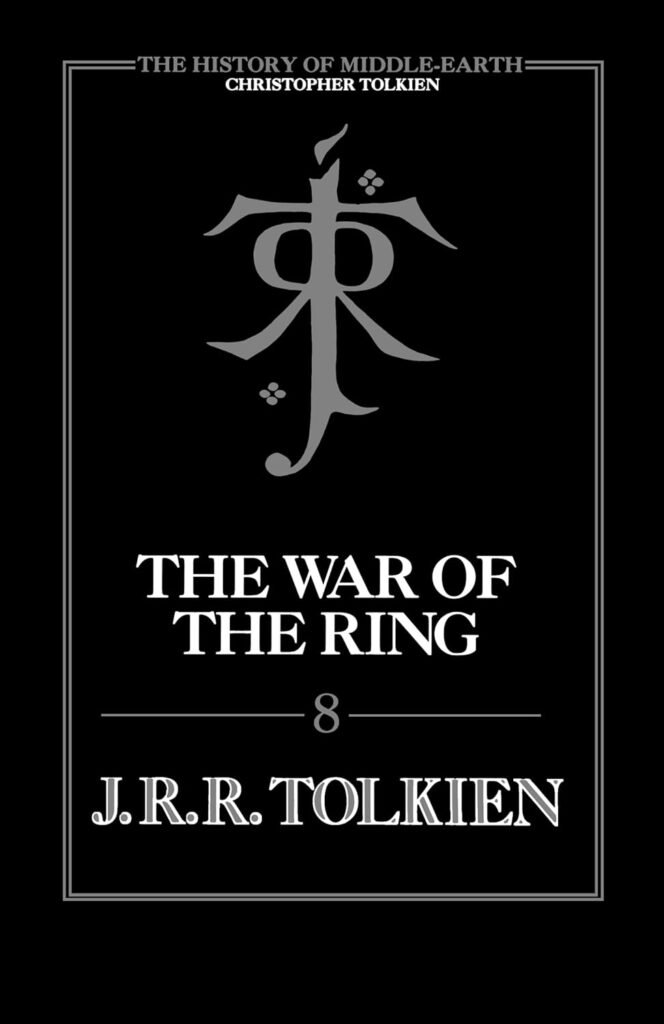
Volume 8: The War of the Ring (1990)
The War of the Ring brings us into the heart of the conflict, covering drafts from Helm’s Deep through the siege of Gondor and the opening of the Black Gate.
This is where the tale becomes unmistakably epic. The battles expand in scale and significance, and the destinies of Men come into sharper focus. Tolkien refines Aragorn’s role, giving him greater nobility and tying his kingship more explicitly to the lost heritage of Númenor. Denethor, Faramir, and Éowyn also step forward, each bringing depth and humanity to the story.
The drafts reveal how painstaking Tolkien was with structure. He tried and abandoned multiple approaches to pacing the parallel storylines of Frodo and Sam, on the one hand, and Aragorn, Gandalf, and the others on the other. Balancing those threads became one of the greatest technical achievements of the finished work.
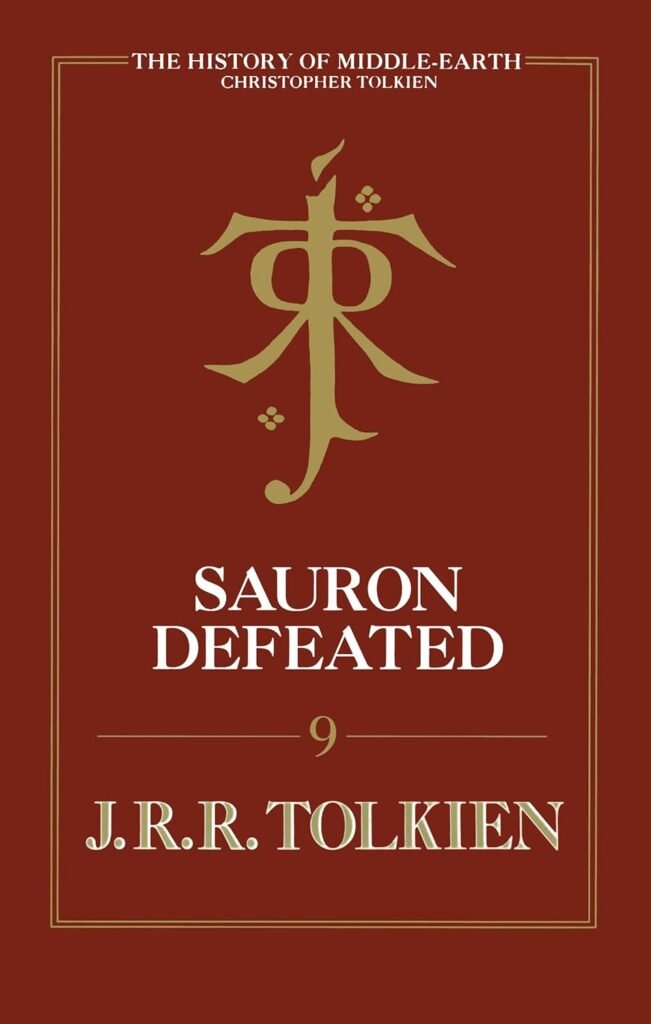
Volume 9: Sauron Defeated (1992)
The final volume in this sequence covers the drafts of the closing chapters of The Lord of the Rings. Here we see different attempts at the destruction of the Ring, the downfall of Sauron, and the Scouring of the Shire.
One of the most fascinating inclusions is The Notion Club Papers, an unfinished time-travel narrative set in Oxford. It acts as a framing device for the Númenórean legend, showing how deeply Tolkien’s Atlantis myth remained intertwined with his creative process.
The Notion Club Papers also highlight a recurring truth: for Tolkien, history and story were inseparable. The downfall of Númenor was not just background lore—it was a living myth that echoed through the downfall of Sauron and the struggle for Middle-Earth.
The Organic Growth of a Masterpiece
Taken together, these four volumes illustrate just how organic the creation of The Lord of the Rings was. Tolkien did not outline the trilogy in advance. Instead, the story grew under his pen. Characters appeared unplanned and refused to leave. Themes of power, corruption, and mortality deepened with every draft.
It is tempting to imagine that Tolkien always knew where the story was going. In truth, he often didn’t. He discovered the story by writing it, letting it evolve naturally, just as he had with his earlier myths. That creative openness, combined with his extraordinary sense of language and history, gave us a book unlike any other.
Why These Volumes Matter
For readers who love The Lord of the Rings, these volumes offer something precious: a behind-the-scenes view of its making. We see Frodo’s journey take shape, Aragorn’s nobility emerge, and the One Ring evolve into its terrifying final form. We witness Tolkien’s doubts, false starts, and flashes of brilliance.
More than anything, we are reminded that great stories are not born perfect. They are crafted, reworked, and refined. Even Tolkien—professor, philologist, and master mythmaker—struggled, backtracked, and doubted along the way.
Looking Ahead
By 1949, after more than a decade of effort, Tolkien finally completed The Lord of the Rings. But his work was not done. The epic only intensified his desire to return to his great mythological project, The Silmarillion.
In Part 5, we will turn to the Later Silmarillion, captured in Morgoth’s Ring and The War of the Jewels. These volumes reveal Tolkien at his most philosophical, wrestling with questions of creation, mortality, and the very nature of good and evil.
Other posts in the series
- History of Middle-Earth, Part 1 – The Birth of a Legendarium
- History of Middle-Earth, Part 2 – The First Five Volumes: Early Myths & Lost Tales
- History of Middle-Earth, Part 3 – The Road to Númenor and the Shaping of History
- History of Middle-Earth, Part 4 – The Making of The Lord of the Rings
- History of Middle-Earth, Part 5 – The Later Silmarillion
- History of Middle-Earth, Part 6 – Peoples and the Nature of Middle-Earth
Bibliography
- History of Middle Earth, Vol. 1: The Book of Lost Tales, Part I Kindle Paperback
- History of Middle Earth, Vol. 2: The Book of Lost Tales, Part II Kindle Paperback
- History of Middle Earth, Vol. 3: The Lays of Beleriand Kindle Paperback
- History of Middle Earth, Vol. 4: The Shaping of Middle-earth Kindle Paperback
- History of Middle Earth, Vol. 5: The Lost Road and Other Writings Kindle Paperback
- History of Middle Earth, Vol. 6: The Return of the Shadow Kindle Paperback
- History of Middle Earth, Vol. 7: The Treason of Isengard Kindle Paperback
- History of Middle Earth, Vol. 8: The War of the Ring Kindle Paperback
- History of Middle Earth, Vol. 9: Sauron Defeated Kindle Paperback
- History of Middle Earth, Vol. 10: Morgoth’s Ring Kindle Paperback
- History of Middle Earth, Vol. 11: The War of the Jewels Kindle Paperback
- History of Middle Earth, Vol. 12: The Peoples of Middle-earth Kindle Paperback
- History of Middle-Earth Index Paperback
- The Complete History of Middle-Earth Box Set Hardcover
- History of Middle-Earth Box Set#1 Hardcover
- History of Middle-Earth Box Set#2 Hardcover
- History of Middle-Earth Box Set#3 Hardcover
- History of Middle-Earth Box Set#4 Hardcover
- The Nature of Middle-Earth Kindle Paperback Hardcover
👁️ 109 views

